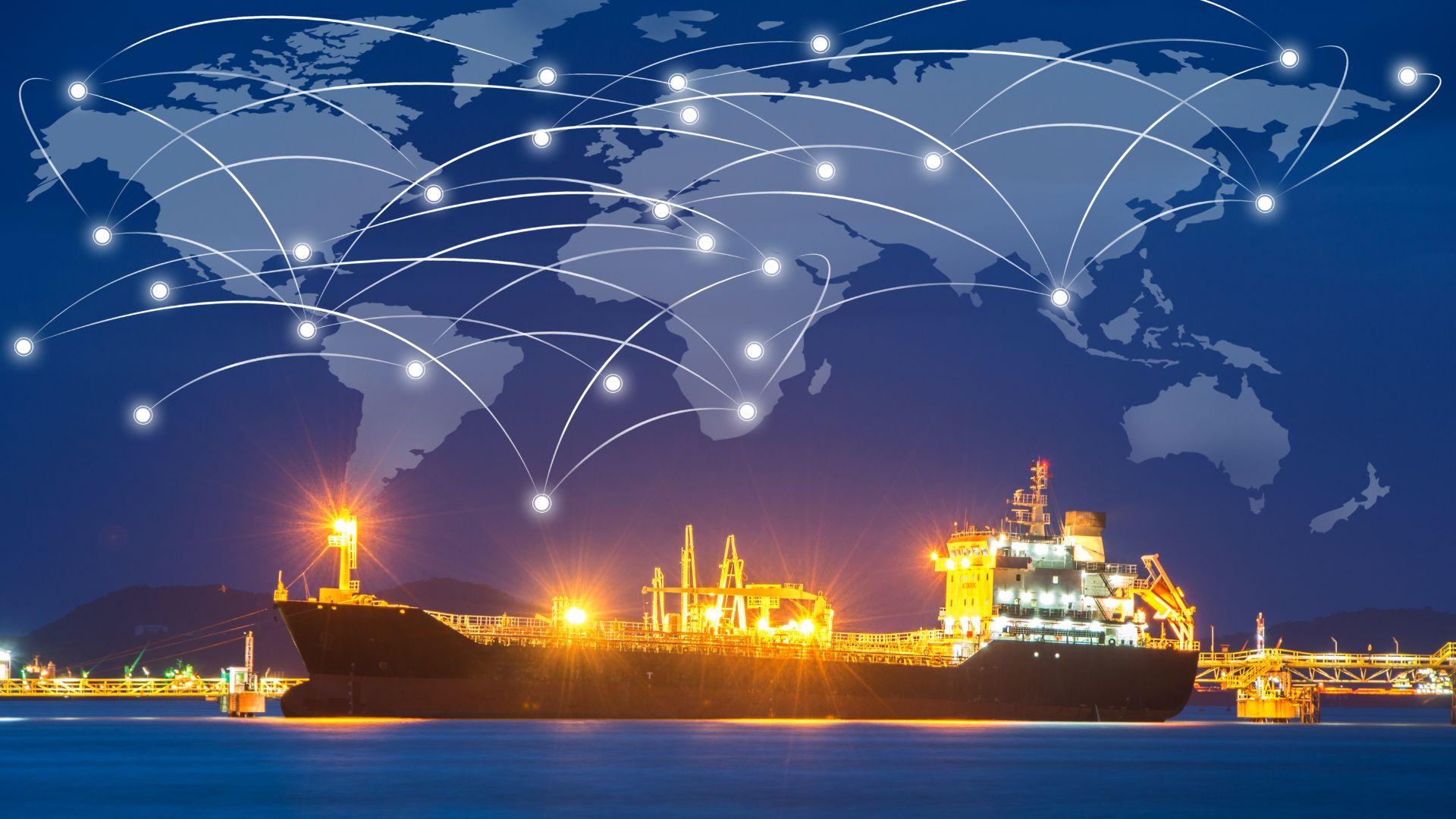The Future of Smart Vessel Tracking Systems

Vessel tracking is no longer just about knowing where a ship is. It's about understanding what it's doing and what might happen next. With AI and data fusion, modern systems offer strategic insights, not just static visuals. This digital transformation is reshaping maritime operations from bow to stern.
From Manual Logs to Smart Grids
Captains once relied on paper logs and instinct. Today, interconnected digital systems log, process, and predict every move a ship makes. In real-time, smart vessel grids continuously update positions, engine status, environmental conditions, and potential risks.
The Evolution of Vessel Tracking Technology
The Legacy of AIS and GPS
AIS and GPS laid the groundwork by allowing vessels to transmit location and identity data. They revolutionized maritime safety, but today's shipping industry demands more than dots on a screen. Real-time intelligence and contextual awareness are now critical.
Rise of Satellite-Based Innovations
Advanced satellites offer high-frequency updates with global reach, even in polar or remote oceanic regions. These systems eliminate blackouts and extend visibility where traditional radio networks falter. It's the next leap in 24/7 situational awareness.
Key Components of Next-Gen Vessel Tracking
AI-Powered Predictive Analytics
Modern systems use historical voyage data, weather trends, and machine learning to predict delays or course deviations. AI models simulate likely outcomes and recommend preventive actions. This capability turns tracking into tactical forecasting.
Edge Computing and IoT Integration
IoT devices onboard capture everything from hull stress to engine vibration. This data can be locally processed for real-time alerts thanks to edge computing. Ships don't just send data. They interpret it on the spot to enhance safety and performance.
Real-Time Intelligence at Sea
Autonomous Monitoring and Anomaly Detection
Innovative tracking systems now detect irregular patterns, such as route deviations or erratic speed changes. These anomalies can signal risks like piracy, mechanical failure, or unauthorized activity—instant notifications prompt immediate intervention.
Instant Risk Assessment and Response
Systems evaluate environmental and geopolitical risks by layering data sources like weather, vessel density, and piracy alerts. When threats are detected, courses can be rerouted or flagged automatically. This means fewer surprises and better preparedness.
Cybersecurity in Smart Marine Systems
Protecting Data in the Digital Ocean
With vessels connected globally, cyber threats pose a significant concern. Encryption protocols, secure authentication, and onboard firewalls are now standard. Data privacy is no longer optional. It's integral to operational resilience.
Combatting Spoofing and Signal Interference
AIS spoofing can mask real-time positions or create ghost ships. Innovative systems verify identities using multiple data streams, including radar and behavioral analysis. This ensures that what you see is what's happening.
Integration with Port Infrastructure
Smart Ports and Connected Docking
Ports equipped with intelligent scheduling software now sync directly with ships. They allocate berths, manage cranes, and streamline customs in real-time. This integration reduces congestion and accelerates cargo movement.
Seamless Handover from Ship to Shore
When a vessel docks, its data feeds into shore systems without delay, informing logistics, customs, and inventory platforms. This creates end-to-end visibility for stakeholders and reduces human error during transitions.
Environmental Sustainability Through Smart Tracking
Emissions Monitoring and Green Routing
Systems suggest eco-friendly routes by tracking fuel consumption, vessel speed, and weather. Some even recommend slower speeds during transit to cut emissions. Sustainability becomes an actionable metric rather than a marketing slogan.
Safeguarding Marine Ecosystems with Data
Tracking software now includes geo-fenced environmental zones and marine protected areas. Ships are automatically diverted from sensitive waters, reducing ecological disturbance. Data guides not just navigation but preservation.
Regulatory Implications and Compliance Automation
Meeting IMO 2025 and Beyond
Upcoming regulations demand digital logs, emissions reporting, and enhanced traceability. Innovative tracking platforms automate compliance, ensuring data is audit-ready at all times. They take the guesswork out of regulatory adherence.
Self-Auditing for Maritime Governance
With time-stamped logs and blockchain-secured entries, vessels can self-audit. This simplifies inspections, reduces legal risk, and improves transparency. Governance becomes proactive, not just reactive.
Commercial Advantages for Early Adopters
Competitive Logistics and Reduced Overheads
Vessels using advanced tracking enjoy streamlined routes, reduced idle time, and fewer fines. Automated alerts help avoid costly mistakes. These benefits compound, delivering measurable ROI across the supply chain.
Building Trust with Transparency
Customers increasingly expect visibility into shipping timelines. Real-time tracking satisfies that demand, boosting satisfaction and loyalty. Transparency isn't just good practice. It's a business differentiator.
Challenges and Limitations of Smart Vessel Systems
Data Overload and System Fatigue
Too much information can overwhelm crews and operators. Systems must filter and prioritize what truly matters. Alert fatigue is a growing concern that needs clever interface design and automation logic.
Bridging the Digital Divide at Sea
Many smaller or older fleets lack the infrastructure to adopt these innovations. Satellite access, hardware costs, and training gaps remain obstacles. Widespread adoption depends on democratizing access to innovative technologies.
FAQs
1. What is smart vessel tracking?
Smart vessel tracking uses AI, IoT, and satellite technology to monitor and predict real-time ship movements.
2. How does AI improve vessel tracking?
AI forecasts routes, finds anomalies and improves maritime operations by analyzing historical and current data.
3. Is smart tracking only for large shipping companies?
No, it's increasingly accessible to smaller fleets through cloud-based platforms and affordable IoT devices.
4. Can vessel tracking systems help with environmental compliance?
They monitor emissions and suggest eco-friendly routes, helping vessels meet international regulations.
5. Are innovative tracking systems secure from cyber threats?
Modern systems use encryption and signal validation to defend against spoofing and data breaches.





